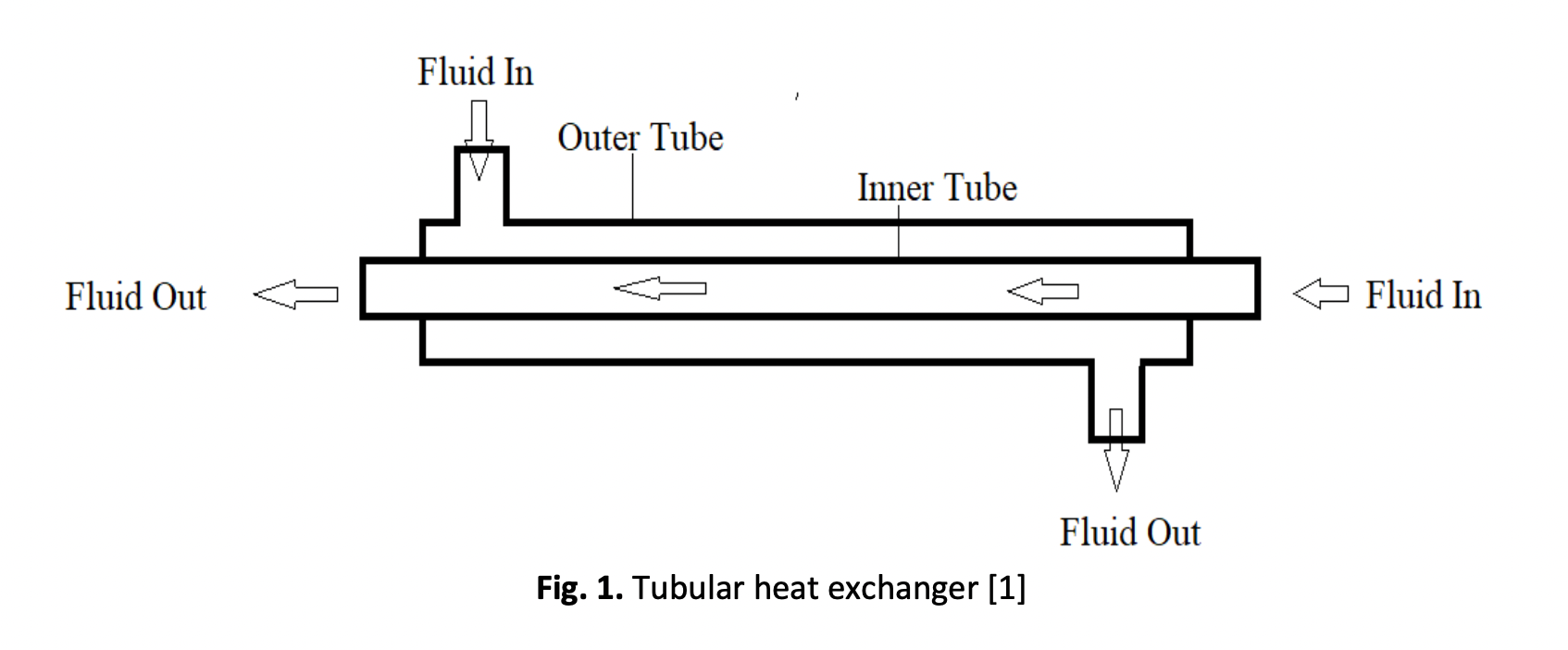Heat Transfer Enhancement in Tubular Heat Exchanger with Jet Impingement: A Review
DOI:
https://doi.org/10.37934/arfmts.101.2.825Keywords:
Heat transfer enhancement, tubular heat exchanger, jet impingement, Nusselt numberAbstract
Heat exchanger (HE) is a thermal device used to transfer heat from higher fluid temperatures to lower fluid temperatures. There is an increasing need to increase the efficiency of HEs, develop a wide range of investigations to increase heat transfer rate (HTR), and reduce the size and cost of industrial apparatus in accordance. The current work's goal is to review articles that discuss the main types of tubular heat HEs, factors that affect HTR, and jet impingement in tubular HEs, which are considered among the equipment used in various industries. Researchers have proposed several models of tubular HEs. Many industrial processes, cooling technology, refrigeration equipment, sustainable energy applications, and other fields use tubular HEs. Jet impingement cooling is assumed to be a very efficient method for increasing HT rate, and it has many uses in both the scientific and industrial spheres. This paper's goal is to present an overview of various techniques for improving HT in relation to jet impingement cooling and to define the area of potential future research. This study focuses on a variety of experimental and numerical studies to examine the HT and hydrodynamic behaviour of jet impingement over a range of Reynolds numbers, target surface shapes, distances from the jet plate or nozzle to the target plate, extended jet holes, and the use of nanofluids. Both single jet and multiple jet impingements cooling are included in the current work. The summary of jet impingement for various applications keeps the spotlight on new methods for enhancing HT.
Downloads

































